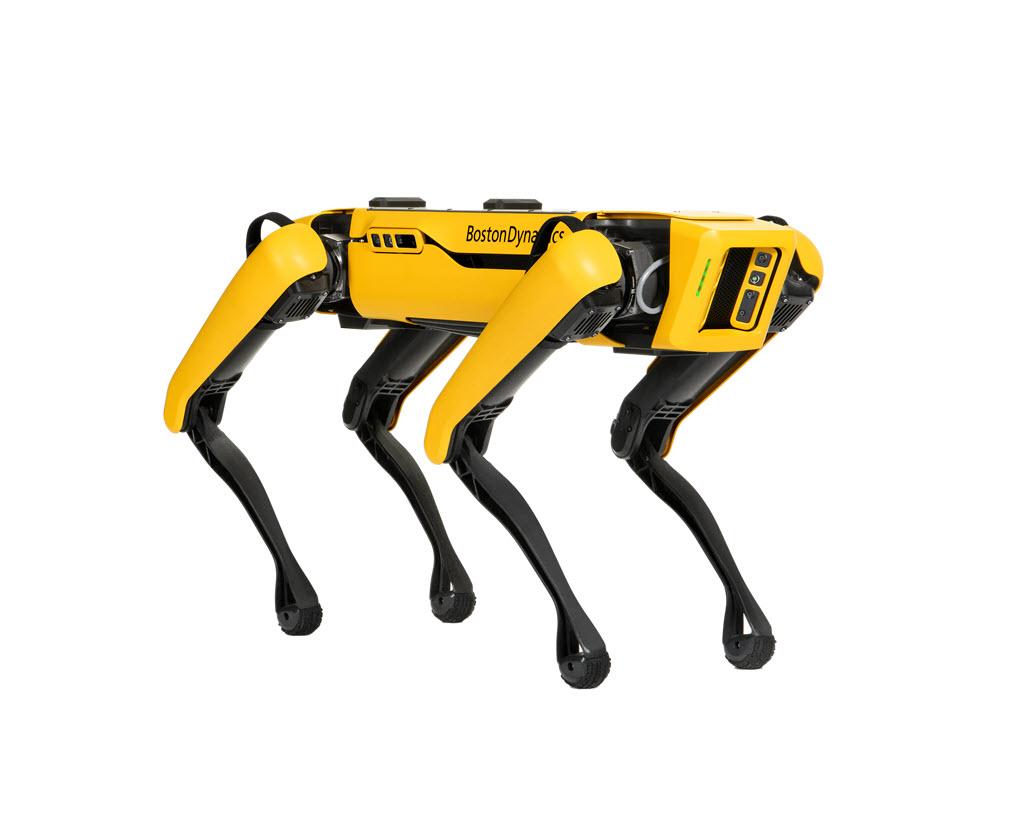
Phillip Brooks
-
Posts
914 -
Joined
-
Last visited
-
Days Won
53
Content Type
Profiles
Forums
Downloads
Gallery
Everything posted by Phillip Brooks
-
Pimpin' my NI-VISA regex idea - http://forums.ni.com/t5/LabVIEW-Idea-Exchange/Add-regex-based-termination-string-option-to-NI-VISA/idi-p/2859152
-
Pastafarian elected to local office - from the area where I grew up. Sigh... http://goo.gl/S3JsMC

